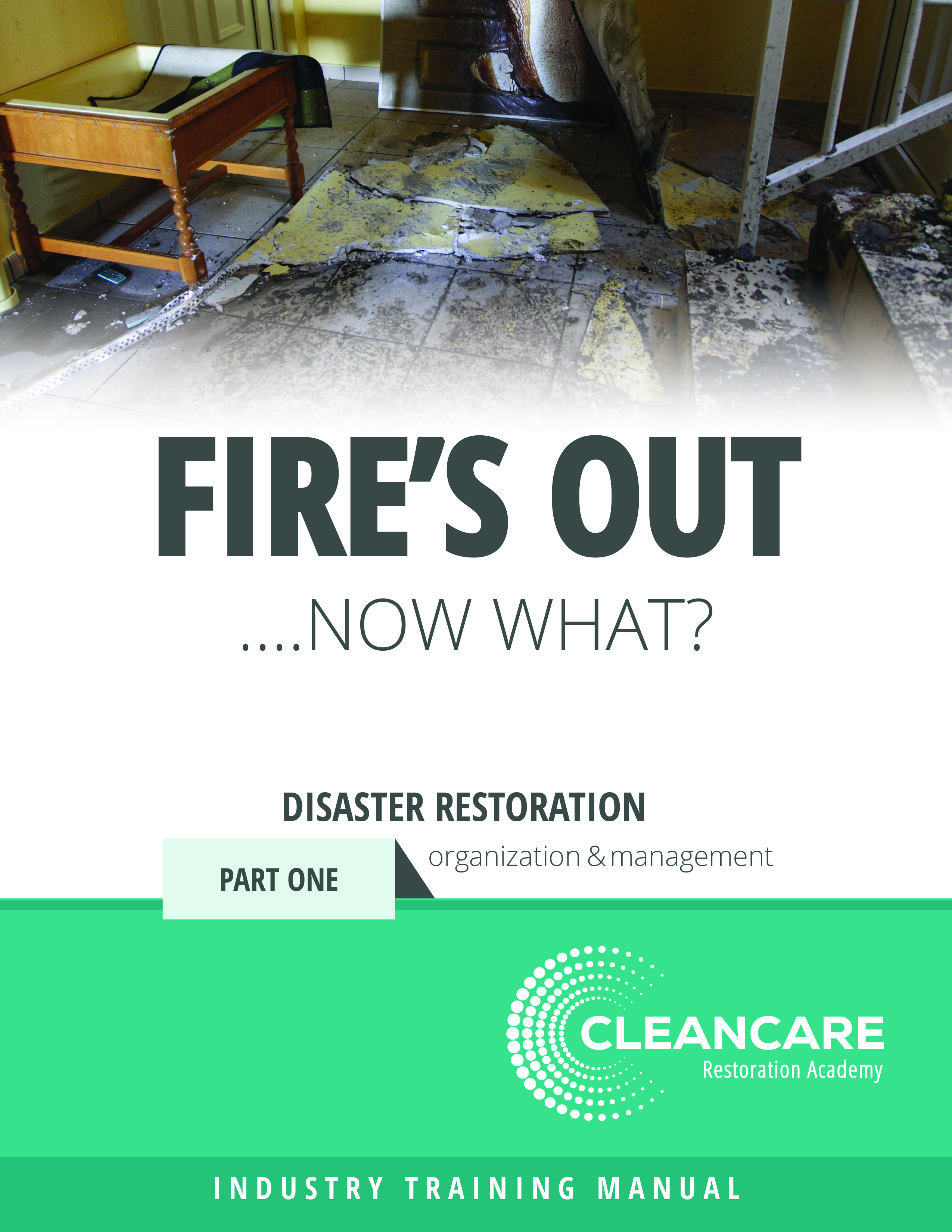Special Section: R&R 10th Anniversary Issue
6 Changes Happening Now inside the Property Claims Industry








Victoria Woodhull, the first woman to ever run for President of the United States, once said “I shall not change my course because those who assume to know better than I desire it.”
In many ways, this quote accurately reflects the culture of the insurance industry. What is the correlation you say? The insurance industry historically has resisted change and when they did experience change, it was generally created by them for the betterment of their operations, not for their customers. Increased customer expectations and technological advancements continue to create havoc in the insurance industry. It is forcing insurance companies to change the way they do business.
Every discipline within the insurance industry will be going through extreme change over the next several years. The focus of this article is to identify just a few of the changes that we will see within the property claim departments of some of these carriers. It’s a look at the changing expectations of the customer when a claim occurs and how this is creating challenges for claims departments throughout the industry.
Oh, That Demanding Customer!
Claim departments have finally figured out what industry they are part of – the customer service industry! In the past, most of their processes and procedures were focused on controlling loss dollars and reducing the life of a claim. The actual service provided to the paying customer wasn’t as big of a priority as it is today. But a funny thing has happened over the past few years. The customer has demanded they be front and center during the entire claim process. Why the change? Customers now compare their claim experience to the experiences they have with any other company that services them, regardless of the industry. That means insurance carriers are not only being compared to their peers within the industry, but also to customer service giants like Amazon, Marriott, Apple, and Chick-fil-a. If the customer is unhappy with their claims experience today, they can simply pick up their phone, tablet or log onto their computer and make a quick change!
The insurance industry has significant challenges they must overcome to create a better culture built around the customer experience. Let’s look at just a few of these challenges.
Talent Drain
A recent article by Patricia Harman found on propertycasualty360.com stated, “the insurance industry is positioned to undergo a significant transformation as nearly a quarter of professionals including claims adjusters, are expected to retire in the next 12 to 18 months. The effects on the industry are already being felt as insurers are actively recruiting the next generation of adjusters, claim managers, technology experts and data scientists.”
At the same time the insurance industry is trying to attract talent to replace thousands of years of combined experience and wisdom, they are also having to adjust and change their entire culture around the customer experience. Complicating the hiring process to attract top talent is the fact that potential employees see the insurance industry as boring and don’t feel it provides the same opportunity and income as other competing industries.
The same article in propertycasualty360.com goes on to state that, “the number of survey respondents who said they would recommend the insurance profession to other people dropped from 68 percent in 2015 to 64 percent in 2016. In addition, adjusters aren’t as positive about the future of the industry as they were previously. In 2015, 57 percent rated the industry outlook as positive compared to only 38 percent a year later. Those with a negative outlook on the industry increased by 44 percent over 2015 and the number who thought the outlook was neither positive or negative increased by 13 percent.”
These are the perceptions of the people who have built a career in the insurance industry? Not good!
What this means to claims adjusters and restoration contractors is that they will no doubt experience some bumps and bruises as claims leadership focuses on trying to identify new staff that can execute their updated customer service strategies. Executing a new strategy is one of the hardest things to do with an experienced workforce, let alone one that is struggling to keep quality people employed. There is no doubt that claim departments will overcome these obstacles, but if they want to do it as quickly as possible, with minimal disruption to the customer, then they need to take a lesson from the other industries leaders that have paved the way at creating an exceptional customer experience.
Processes and Procedural Changes
As claim departments adapt a “customer first” culture, they will be forced to change processes and procedures that have been in place for decades. These are more commonly referred to as Best Practices in the insurance realm. These changes will create challenges for both the claims adjuster and restoration contractor as these new best practices are implemented. Following are just a few of the challenges they face:
Increased Bureaucracy
No sense in sugar coating it, claim departments find it tough to trust others, sometimes including their own staff. They do have a valid reason for some of these trust issues since claims handling is in a very regulated and litigious industry and can be very costly if mistakes are made. Many of these new best practices have become checklists created by senior leadership and they don’t allow much room for common sense decision making by the actual claim associate or restoration contractor involved in the process. Any decision that must be made gets elevated to the appropriate level of management.
This practice is no different than the “helicopter parent” who is always looking over their child. Employee empowerment just seems to be nearly non-existent in this industry today. In most cases, bureaucracy and customer service do not go hand in hand. If claim departments are serious about the customer experience, then they need to work hard at implementing best practices that are created by those who are servicing the customer at the front line. After all, the adjusters and the restoration contractors are the ones that interact with the actual customer every day and understand their expectations. In most cases, bureaucracy can be overcome with just a little common sense.
Sloooooow
Claim departments are notorious for being very slow to make decisions and implement changes. They check and re-check before anything gets done. In today’s digital world, customer’s expectations can change instantly. To succeed in today’s service world, claims departments must understand that any best practices that are created must be put in place quickly, but more importantly, claim departments must allow the claims associate and restoration contractor to challenge these best practices if they are not in the best interest of the customer.
Technology
It’s no secret claims departments historically don’t like to spend money when it comes to technology. However, claims departments are now being forced to enter the 21st century and get up to speed on growing technology trends. This is going to be a big challenge for claims departments as they balance the high costs of technology versus the customer experience.
InsureTech, which is the application of technology to traditional insurance practices, will continue to put pressure on claims departments with a multitude of products that create a better customer experience. Society now expects to easily and efficiently conduct business in real time using their mobile devices. As part of their overall experience, customers are judging companies based on the speed and accuracy of fulfilling their promises. Claims departments must work quickly to identify and implement technology that will have the biggest impact on the customer experience. Technology that brings about quick damage recognition (think drones), easier estimating practices and immediate on-site settlement processes are what to expect if you are a claim adjuster or restoration contractor.
People Skills
Regardless of who is hired, what best practices are in place, or what technology is purchased, claims departments need to understand that they are first and foremost a customer service organization. A customer, who in most cases has experienced an unpleasant loss or damage to property, wants to feel some empathy and compassion. The challenge is that it has become more difficult to find employees in today’s marketplace that can balance technology with face-to-face customer interaction. The next generation of claim associates was brought up relying on texting, e-mail, and social media to interact with one another. Although those are efficient ways to communicate, being a claims adjuster or restoration contractor still requires high level, face-to-face people skills. We old timers called that utilizing our “soft skills” to effectively build a relationship and negotiate a settlement.
In another great article written in propertycasualty360.com, author Russell P. Granger said, “Time has fostered familiarity, social media platforms have amplified convenience, and in some ways, it might feel as though our technology has become more humanized. Digital channel communication has indeed gotten more casual and colloquial. But informality is not the same as real human connection.”
Continuing to develop people skills will be another challenge carriers will face as we transition to the employment of millennials.
Even though the insurance industry is a billion-dollar profitable industry, they, like all businesses, have many challenges ahead of them. Meeting the changing needs of their customers while maintaining profitability is the goal. Having spent most of my career in the insurance industry, there is no doubt they will find and implement solutions. But as they work to meet these challenges, I encourage you to buckle up! One thing we know for sure, the industry will continue to change.
References
Harman, P. (2016). Here are the results of the 2016 Claims Salary Survey. Retrieved from
Mayo, J. (2016) How to bring decades of data into the 21st century. Retrieved from
http://www.propertycasualty360.com/2016/12/27/how-to-bring-decades-of-data-into-the-21st-century
Granger, R. (2017). Adjusting the customer experience: The digital divide. Retrieved from
http://www.propertycasualty360.com/2017/01/13/adjusting-the-customer-experience-the-digital-divi
Looking for a reprint of this article?
From high-res PDFs to custom plaques, order your copy today!











